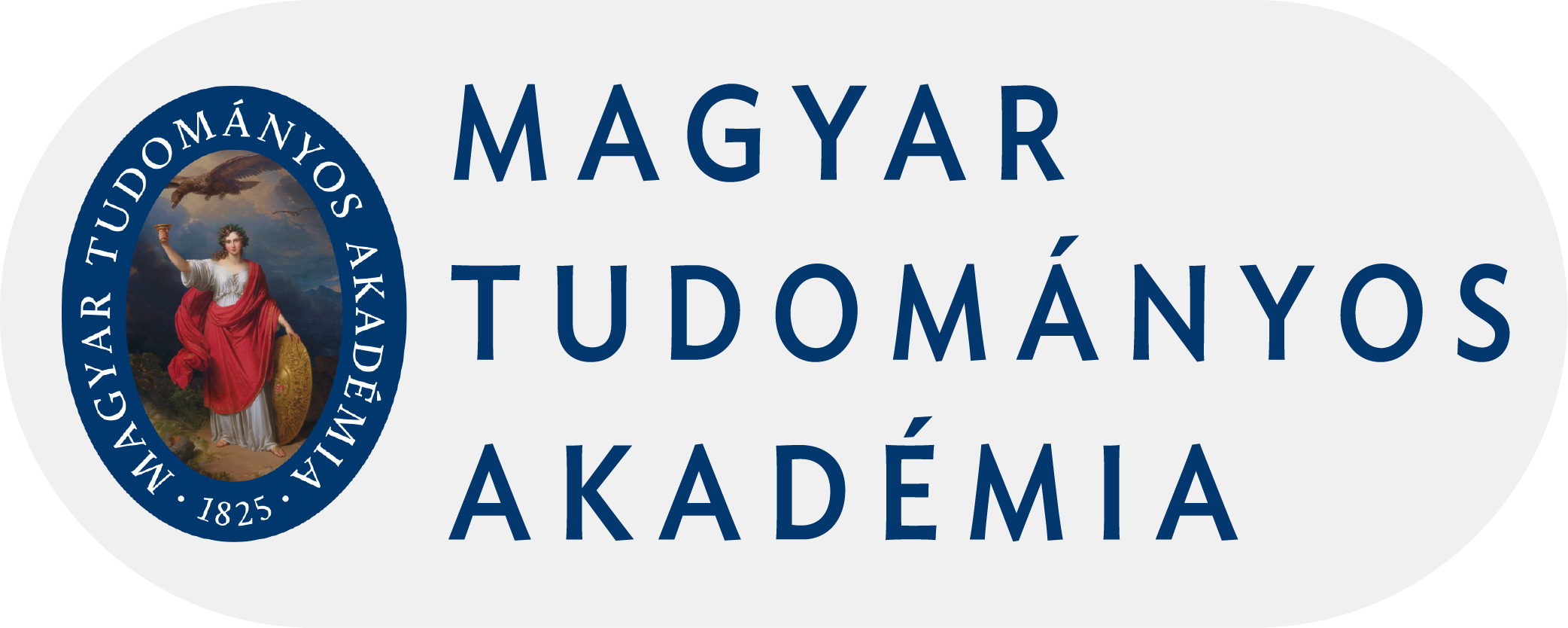Search
Search Results
-
Analysis the advanced ICT usage of the Hungarian SME sector for preparing a domestic agri-food research
147-153Views:176In the Hungarian agro-food sector SMEs have a key role but regarding the tendency of the performance of SME sector, comparing to EU-28 average, the performance of Hungarian SME sector has gradually worsened between 2008 and 2015 while the EU average has an increasing trend. ICT can help enterprises and this article is an overview of the ICT situation of Hungarian SMEs. It is important to analyse in detail the ICT usage characteristics of agro SMEs in the food supply chain because these ICT devices, tools and services are crucial to smooth the information flow within the chain. For all these reasons our work aims to find out how Hungarian agro-food SMEs use ICT and how ICT adoption affect their business procedures, performance and development. A striking observation to emerge from the data comparison is the difference among SMEs and large enterprises regarding the usage of the different basic and advanced ICT solutions. A much bigger percent of large companies use advanced ICT then SMEs and mainly small enterprises are lagging behind as the attitudes of medium sized enterprises are rather similar to the large ones. In Hungary small enterprises in agro-food industry are in difficult financial state and for them free Cloud Computing services can offer good opportunities as they do not have initial costs. ICT adoption is very important to them as ICT sector is a dynamically growing sector and if customers and partners of an enterprise adapt faster to these technological innovations, it may have a negative effect on the different processes, performance and financial results of the organisation. In this article our aim was to determine the main question groups for our questionnaire which focus mainly on ICT solutions supporting the quality of communication and relationship between partners. As the basic IT tools are available in the major part even in the SMEs besides large companies, the two main issues will be the usage of advanced online services and the usage of high quality ICT solutions.
JEL Code: M15
-
OPERATING RESULTS OF SILAGE ENTERPRISE OF A FARM - A CASE STUDY
Views:103Improvements in agriculture has been focusing on innovations to improve the efficiency of the activity by making the traditional production structure currently in use more flexible and by making the necessary technological changes for farmers with large areas and the necessary machinery and equipment. Farms with significant arable land are able to offset the effects of changes affecting efficiency and profitability. The decisive sector of agriculture in Hungary is crop production, therefore its performance is largely determined by the annual output of the crop sector and the volatility in prices. From the farm data, we calculated farm-level results that support the need for machinery modernisation efforts, as precision tools and improvements already started in maize production can be applied fruitfully even in the light of the increasing frequency of negative climatic effects. During the development of silage maize cultivation technology, the achievements of precision farming were applied. Differentiated nutrient replenishment and sowing operations were used, in addition to the fact that harvesting was also documented. We set ourselves the goal of analyzing the management data of the study period between 2019-2022 in order to reveal the nature of the changes that occurred in terms of production value, production cost, and income, as well as the components that shape them. The presented values are average values of such conditions which are also suitable for crop-level conclusions. At the same time, they can be used to identify sector-level challenges and trends.
-
NEW METHODS FOR STRUCTURAL DEVELOPMENT CAUSED BY OPEN INNOVATION IN RED BIOTECHNOLOGY
Views:121Red (pharmaceutical) biotechnology is currently one of the most innovative industries. A good example of this is the fight to develop a vaccine against the COVID-19 pandemic, or even the incredible dynamism of the development of anti-cancer drugs.Innovations always carry uncertainty within them - the authors of this article see and experience this every day during their managerial work related to R&D in the biotechnology sector. Decisions often have to be made on uncertain grounds, with incomplete information. Mapping all these anomalies and their root causes is also necessary according to what has been experienced in various organizations, but at the same time it is a very interesting and challenging task. One of the possible means of sharing and reducing the risk is the so-called Open innovation, which required innovations in the fields of technical, industrial rights protection, privacy protection, but also cooperation platforms.All this required a new organizational and structural operation from the actors. This means that technological innovation attracts and results in project innovations. We assume that organizational development and structural innovations were also achieved through these transfers. We are trying to validate this hypothesis with the help of interviews with professionals.Our thesis: the challenges arising from the special innovation of red biotech also caused and necessitated the innovation of organizational structures and the development of its organizational and structural functioning, to which open innovation gave outstanding help.
-
Management issues of cropping with sorghum in the production structure - a case study of Hungary
Views:202One of the goals of the developments is to improve the efficiency of the activity by making the currently used traditional production structure more flexible and by making the necessary changes to the technology in the case of farmers with large agricultural land, having necessary machinery and equipments required. Farms with larger arables land are able to offset the effects of changes affecting efficacy and profitability. The main sector of Hungarian agriculture is crop production, so performance is largely determined by the annual output of the crop production sector and the price development of crop products. In the course of our analytical work, we defined a farm of 2100 hectares, for which we examined crop production, crop machinery and economic aspects. From the enterprise data, farm level results compiled according to the crop structure were calculated. Sorghum is suitable for replacing corn in the crop rotation in areas with unfavorable conditions, so a stably growing crop can be added to the crop rotation of autumn ears of corn, rape, and sunflower, instead of corn. It does not hinder the machinery modernization efforts either, since the precision tools and developments already started in corn production can be used well, and it does not require a special equipment park. At the same time, in light of the increasingly frequent negative climatic effects, sorghum’s integration into the plant production structure is encouraging, because we have to count on 3-4 drought years in a decade. Based on our analysis, the inclusion of sorghum in the crop structure does not significantly reduce the available income, which is acceptable in the given economic environment. However, its stability can significantly contribute to improving the resilience of farming, especially in comparison with corn.
JEL Code: Q12
-
Network attributes’ evaluation by stakeholder groups concerned to the agri-food sector in Hungary
55-58Views:162As a consortium partner, University of Debrecen, Hungary, has been conducting a European four-year project with the acronym NetGrow financed within the Framework Program 7 under the auspices of the EU focusing on network behaviour of food SMEs and the performance of networks. The overall objective is to reveal more evidences and facts on innovation, learning, and networking in the food sector of the EU. Whithin the scope of the project, special attention was paid to reveal how network attributes were evaluated by the main four stakeholder groups of the food sector such as food SMEs, public bodies, research institutions, and network management organisations. The respondents differ in ranking the attributes, while but we got a clear order of attributes, of which the top five can be explicitly selected. Taking the next three ranks into consideration, the attributes behind them have clear meanings and they seem to be complementary for the top five. The stakeholder groups were significantly differ in scoring openmindedness and external relations, the importance of network rendered services, and the goals relevance of the network to the firms.
-
Supply chain management practices for SMEs
89-96Views:259In today’s globalized business environment small and medium sized enterprises (SMEs) face many challenges. In order of their survival SMEs need to produce more, at a lower cost, in less time, and with a few defects. They form the most significant group of manufacturing firms and give supports to large companies in many supply chains. In addition, SMEs contribute greatly to entrepreneurship, gross domestic product (GDP) and employment. Despite the fact that micro, small and medium sized enterprises have very important role in business networks, they still have many problems with using supply chain management (SCM) practices. In this research my purpose was to find the best SCM practices as a strategic method to improve SMEs’ performance. First, I give information in general about SCM and the SMEs, then highlight main characteristics of small firms compared to large ones and the reasons why it is essential and efficient to use SCM practices. The article is based on secondary data, using several analysis, surveys, books, journals and my personal experiences collected in this sector. I conclude the research by summarizing my recommendations in connection with SCM practices, the opportunities and barriers.
JEL code: M11
-
Experiences on organisation of fruit and vegetable sector in Hungary
65-67Views:138The objectives are (1) to reveal some current issues on organisations founded by fruit and vegetable producers and (2) to stress upon those factors that should be highlighted in the very next future. In Hungary, POs have been accounting for bigger share of fruit and vegetable trading in Hungary, which refers to a better organisation in the sector. Bargaining force and level of experience on running such businesses, although, are still much behind the level expected. Flexibility and speed of a running business are highly determined by the legal form of Pos. The most favourite form is cooperative that is not flexible enough as a business form, especially for starting businesses. Low yearly turnover and weak market power feature the POs, preferring short time solutions to strategic thinking. It is macro environmental factors that generate short term thinking, but coupled with mismanagement on different levels of corporate management.





